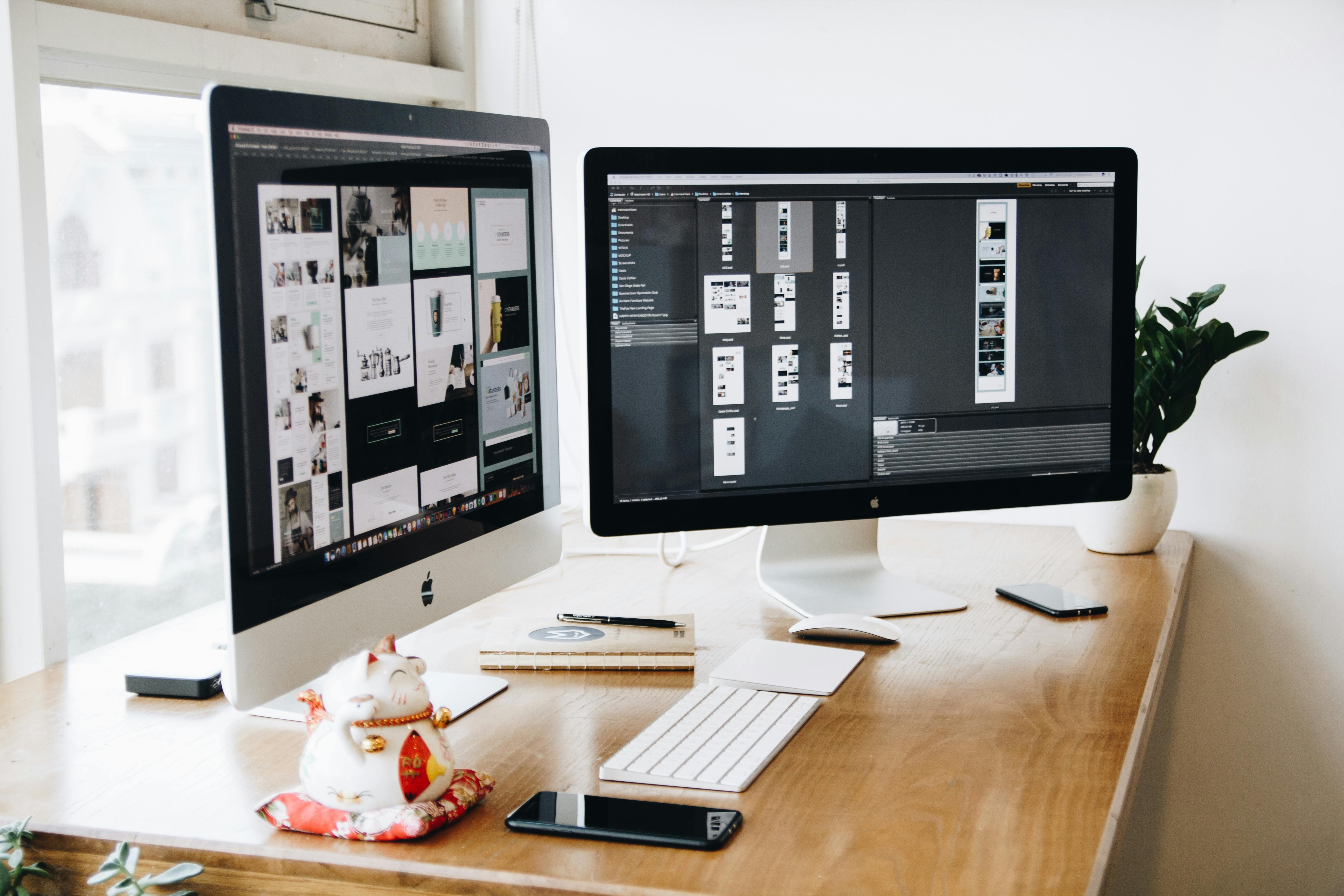
Blend In or Break the Mold? The Web Design Dilemma
Should your website play it safe with a clean, generic look or make a bold statement with a custom design? Dive into the pros, cons, and chaos of web design choices, and discover which approach can help you dominate the digital stage.
Written by Arttu Nikkilä
Should Your Website Blend In or Stand Out?
Ah, the eternal question of web design: Do you play it safe with a cookie-cutter design or swing for the fences with something uniquely you? If you’ve ever stared at your screen wondering, “Do I want a site that looks like a sterile Shopify demo or a Picasso painting made by a caffeinated dev?”—congratulations, you’re not alone. Plot twist: You probably want a bit of both!
Let’s break it down.
Why Going Generic Isn’t as Boring as It Sounds
Here’s the hard truth: Most of your customers don’t care how cool your site looks. They’re busy. They’re scrolling half-asleep on their couch, looking for the Add to Cart button like it’s the last slice of pizza. So, when does generic work?
1. Speed is Life (and Death)
People have shorter attention spans than goldfish. A flashy homepage video that takes 10 seconds to load? Congrats, your bounce rate just hit orbit. A simple, snappy design? That’s your golden ticket to staying in the game.
2. Familiarity is Key
Nobody wants to spend mental energy figuring out whether your square toggle is a checkbox or a self-destruct button. Familiar design conventions exist for a reason—don’t be that rebel who turns every button into a floating jellybean.
3. Plug-and-Play Wins
Most pre-built Shopify or WooCommerce templates are clean, optimized, and stupidly functional. Sure, they cost a bit upfront, but they save you from re-inventing the UX wheel (and blowing your budget on fixes when your custom “creative” checkout page breaks).
4. Clutter is a Killer
Nobody’s buying your product because your site has five overlapping animations and an autoplaying dubstep loop. Keep it simple, keep it fast, and for the love of all things digital, don’t slow your site down.
TL;DR:
Generic isn’t boring—it’s efficient. And efficiency converts.
When You Should Get Weird (in a Good Way)
Now, there are moments when your website shouldn’t look like a templated IKEA manual. Sometimes, a little extra razzle-dazzle can make all the difference.
1. Your Product Deserves a Spotlight
Launching something killer? Unique designs can make your product pop like a fresh meme in a stale subreddit.
2. Luxury = Unique
Selling high-end watches, designer clothes, or artisanal oat milk? Your audience expects exclusivity—and your website better look like a private yacht, not a public bus.
3. You’re Already a Big Deal
If your brand is a household name (or you’re on your way there), you’ve got room to experiment. Quirky designs won’t scare off loyal customers—they’ll probably just think you’re edgy.
4. If You’re Crazy Good at Speed
Custom = Slow, unless you’ve got the dev chops to make it fast. If you’re going personal, make sure your site can still load faster than a toddler grabs an iPad.
The Sweet Spot: Personality Meets Functionality
Here’s the thing: You don’t have to pick one extreme. Balance is your best friend.
Ask yourself:
- Who’s my audience? Are they here for aesthetics, or do they just want to buy something and bail?
- Will this shiny feature make my site better—or just my ego?
- Do I have the time and cash to make custom work, you know, work?
Final Thoughts (and a Little Reality Check)
At the end of the day, the choice between generic and personal boils down to this: What’s the ROI on your design choices?
If you’re selling socks, nobody cares about your funky homepage animations. But if you’re launching the next big thing in high-tech coffee mugs? Go wild—but keep it functional.
The web is a big place, full of bland copycats and over-the-top monstrosities. Don’t be either. Be smart. Be efficient. And if you’re gonna get weird, do it with purpose.